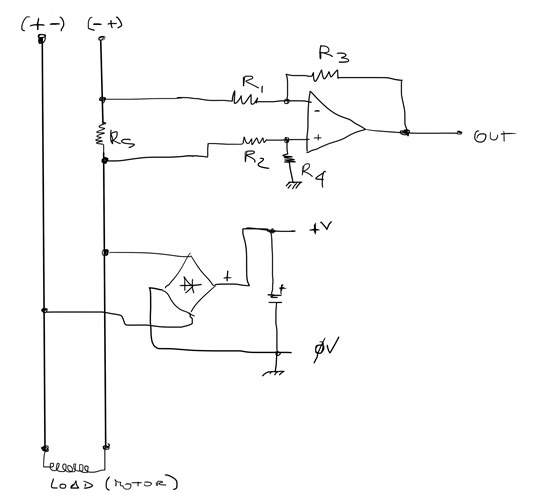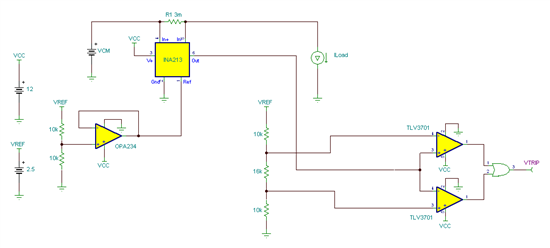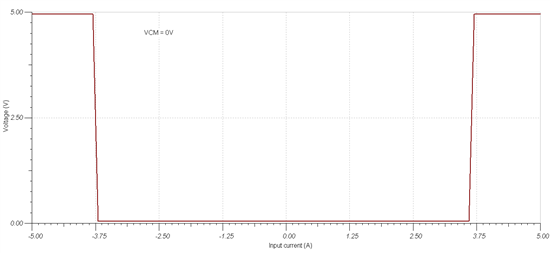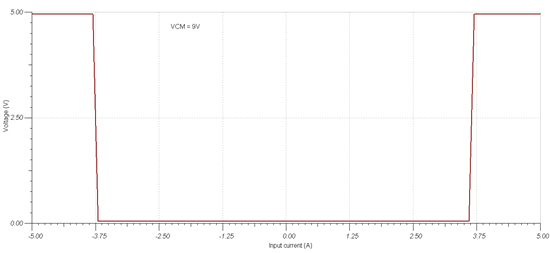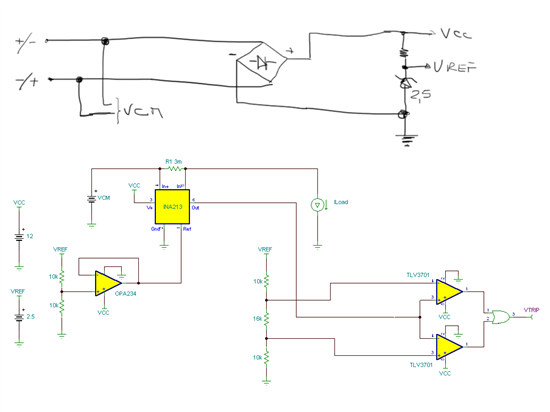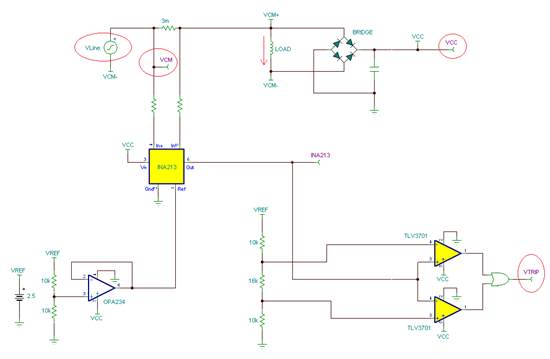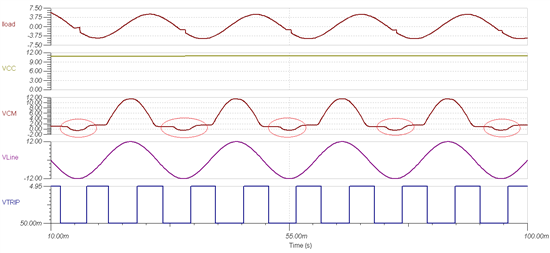Hi, my problem is this; i need to measure current over DC circuit where the DC power polarity is casual. It is assimilable to the AC circuit and the shunt resistor go one time on the high side and one time in the low side. So, i have one shunt resistor of 0,6ohm value and the maximum power voltage of DC circuit is 12V. Because i need to power my measurement circuit with power over measured circuit, the Common mode voltage go one time to 0V and next time to 8/9V respect to ground. My question is: what is the best way to make the shunt reading floating respect the ground?
I try to explain with a drawing.
Thank's
Neri T.


